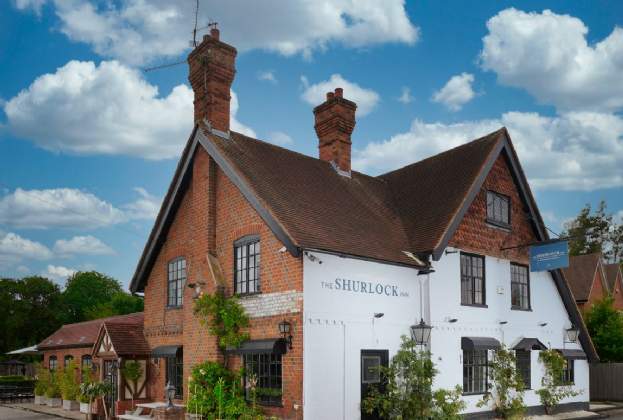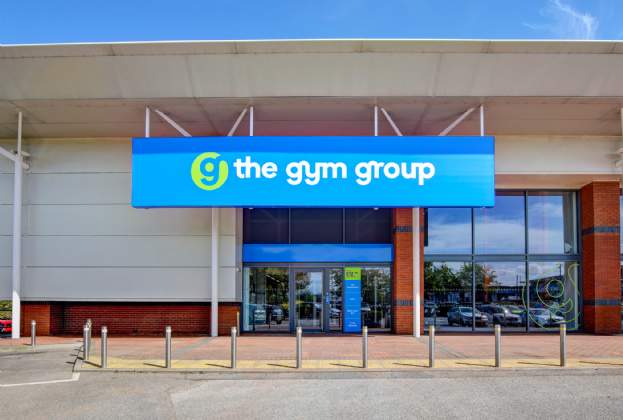We’ve commented on street food trends for a decade and it always seemed obvious that if the concept was to have longevity it was going to need to grow up and take permanent space. There have been several foodhalls operating for a while, but the last 18 months has seen an explosion of concepts across the UK and this growth is set to continue.
Foodhalls tap into social and consumer trends, both in the environment and atmosphere they create and the variety and range of food options they offer. The concept is simple: multiple traders serve their dishes under the same roof with communal seating. People are drawn to the social benefits of getting together in a shared experience.
Foodhalls have the potential to drive a lot of foot traffic, often transforming the offer at different times of the day, or becoming late night venues with event space and DJs; Timeout in Lisbon has three million visitors a year.
London is at the epicentre of growth in the UK with more than 25 schemes up and running and 15 more in the pipeline. A recent spate of openings includes Vinegar Yard, Italian Alley and Market Halls. Autumn 2019 sees the arrival of Market Hall West End, Mercato Metropolitan Mayfair and Seven Dials Market. The City will see two foodhalls arrive in 2020 – Eataly and The Market – while Timeout Waterloo follows in 2021.
Is this phenomenon relevant only in London? Successes so far across the country would suggest not. It’s important to remember that all people are in some way aspirational and increasingly looking for better quality, variety and flavour when they dine out, without the formality of sitting in a restaurant.
Foodhalls are proving versatile when it comes to taking space and are at the forefront of repurposing redundant property. Platea and El National in Madrid and Barcelona have respectively repurposed a theatre and car park into sophisticated high-end concepts. Back in the UK, Market Hall’s schemes include refurbishments of station ticket halls; Mercato Metropolitano is converting a Mayfair church; Kerb is taking its first indoor venue in the repositioned St Thomas Neal’s Warehouse at Seven Dials; and The Pitt in Edinburgh uses a light industrial warehouse.
For challenged retail propositions, foodhalls can be seen as an opportunity to rejuvenate a tired pitch. Simply Fresh is trading Stretford foodhall in Manchester; Kommune has opened in a former Co-op department store in Sheffield and The Wool Market in Doncaster, The Produce Hall in Stockport and GOOD FOOD in Cardiff’s Capitol Centre are all returning footfall to locations that had otherwise become marginalised.
There are a number of different formats, but in each case the social returns are tangible, with engagement from the community, a new form of destination and improved vitality to the area.
Is it all too much? As with any leisure trend, foodhalls are finding their way onto many a masterplan. There won’t be demand in all of these locations.
Even so we are incredibly enthused at the range of options now available, enriching our dining scene. There isn’t a single solution for all locations with challenged retail space, but for larger towns across the country there remains huge scope and in the larger cities we can expect to see multiple locations.
Further information



.jpg)


.jpg)


.jpg)
.jpg)